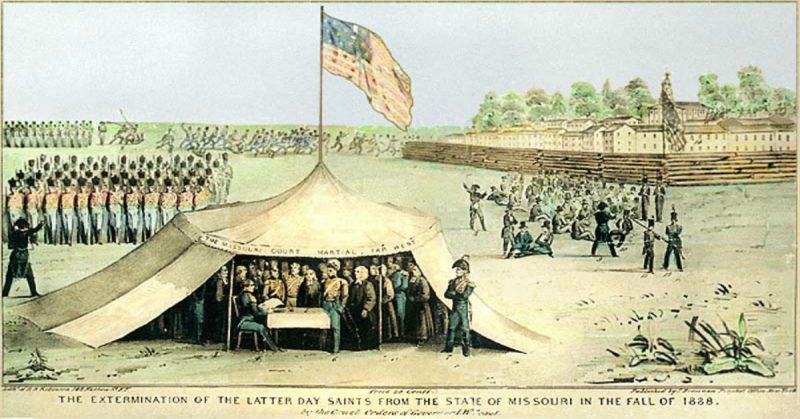Following the establishment of The Church of Jesus Christ of Latter Day Saints (LDS) in the 19th century by Joseph Smith, the religion soon gathered a large following in the state of Missouri. Owing to their claims of being the “true church of Christ,” they were widely unaccepted in their locality.
A war broke out between the non-Mormon citizens and their LDS counterparts on 6 August, 1838 during the Gallatin, Missouri election and the clashes between both parties continued till the 1st November of the same year when the Mormons eventually surrendered to the state.
Smith had originally relocated from New York to Kirtland, Ohio in January 1831 after having a revelation that Kirtland was the eastern boundary of the New Jerusalem. Most of his followers also changed their residence because their leader declared that it was imperative that they came with him. At the time, there was already growing opposition against the group and their teachings in New York.
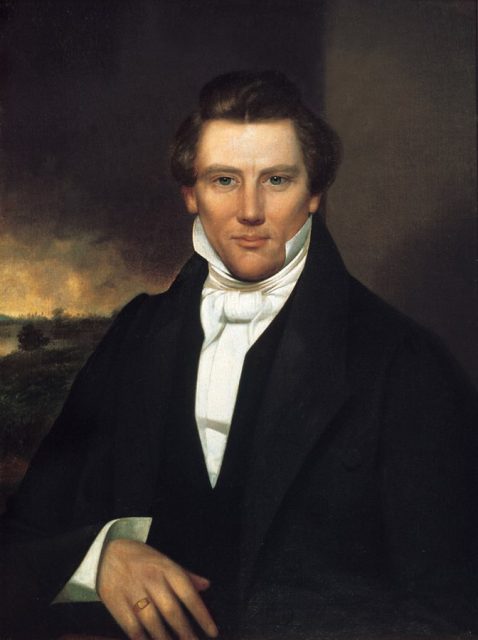
In July 1831, Smith followed his very loyal supporter, Oliver Cowdery to Jackson County, Missouri and thereafter declared the place the center of Zion in the growing town of Independence, Missouri. Smith and the church began to encourage more LDS members to relocate to the region relating their relocation to the case of Moses leading the Israelites to the Promised Land.
His trip to the New Jerusalem was hastened after a mob of angry anti-Mormon Ohio residents chanced on Smith and one of his loyalists, Sidney Rigdon, they beat them unconscious then tarred and feathered them, leaving the two religious leaders for dead.
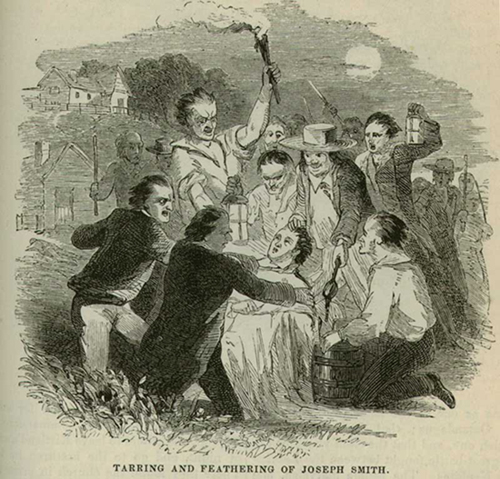
A couple of failed attempts to set up banking organizations along with accusations of fraud from the state led to the issuance of a warrant for his arrest on charges of banking fraud. This incident coupled with many defections from the church prompted Smith to flee and open up shop in Missouri. It wasn’t long before problems would arise in Smith’s new location.
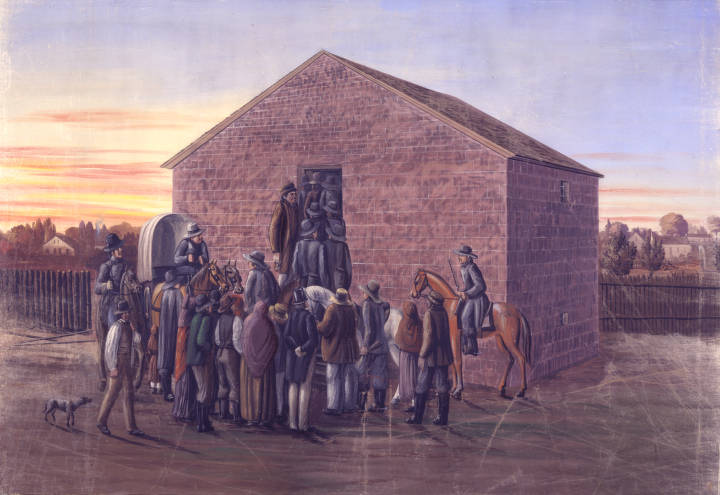
On 6 August, 1838, a skirmish occurred between Mormon and non-Mormon residents of the newly established Davies County during the elections in Gallatin. As a result of their large numbers and voting as a block, the Mormons were seen as threats to the outcome of the elections and many disapproved of their right to partake in the voting process.
William P. Peniston, a candidate for the state legislature made public statements against the Mormons and soon after gathered a mob with the sole aim of preventing the Mormons from voting by any means necessary.
In his own words, he called them “horse thieves and robbers” he also stated in a speech that if the Missourians allowed the Mormons to vote, they would inevitably lose their own right to vote. On that fateful day, his 200-man mob gathered around the polling center to prevent the Mormons from voting.
As voting time approached, a small group of Mormons arrived at the center but encountered the angry mob. One of them, Richard Welding told the Mormons to go back, saying that they had as much right to vote as the Negroes did.
In response, Samuel Brown, one of the LDS members refuted such statements, stating that he was an American citizen and as such reserved the right to vote. This response further agitated Welding and a fight ensued.
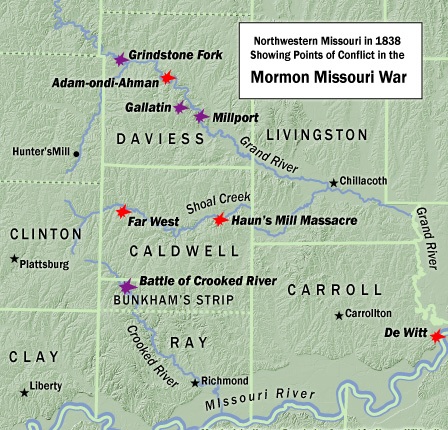
One witness, Major Joseph H. McGee who was still just a tailor at the time described the fight as “a great knockdown” one unlike any he had ever seen before. He recounted a scenario in which a Mormon named Murphy made to escape from the scene with a butcher knife stuck in his back whilst being pursued by two mad Missourians.
He was eventually saved by John L. Butler, another Mormon who beat the two men to the ground with a club.
The mob greatly outnumbered the Mormons and although some were seriously wounded only Richard Welding was killed in the incident from a blow to the head.
The embittered mob left thereafter to gather ammunition but did not find any Mormons when they returned.
The fleeing Mormons upon receiving information of the angry mob’s plans to take up arms gathered their families and belongings and hid in the wet thickets of hazel brush that night and remained there under the rain until the next day.
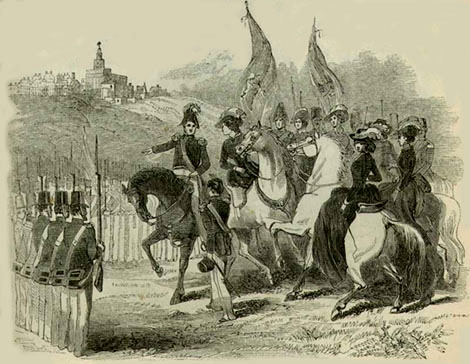
Many of these Mormon families fled to Caldwell County where they had their larger numbers.
Read another story from us: Building The Armies Of The American Civil War
The Gallatin Election Day Battle became the first of several violent encounters between the members of the Latter Day Saints and non-Mormon residents of the state of Missouri, ushering in a series of confrontations that would eventually lead to the surrender and expulsion of the religious group from the state.
